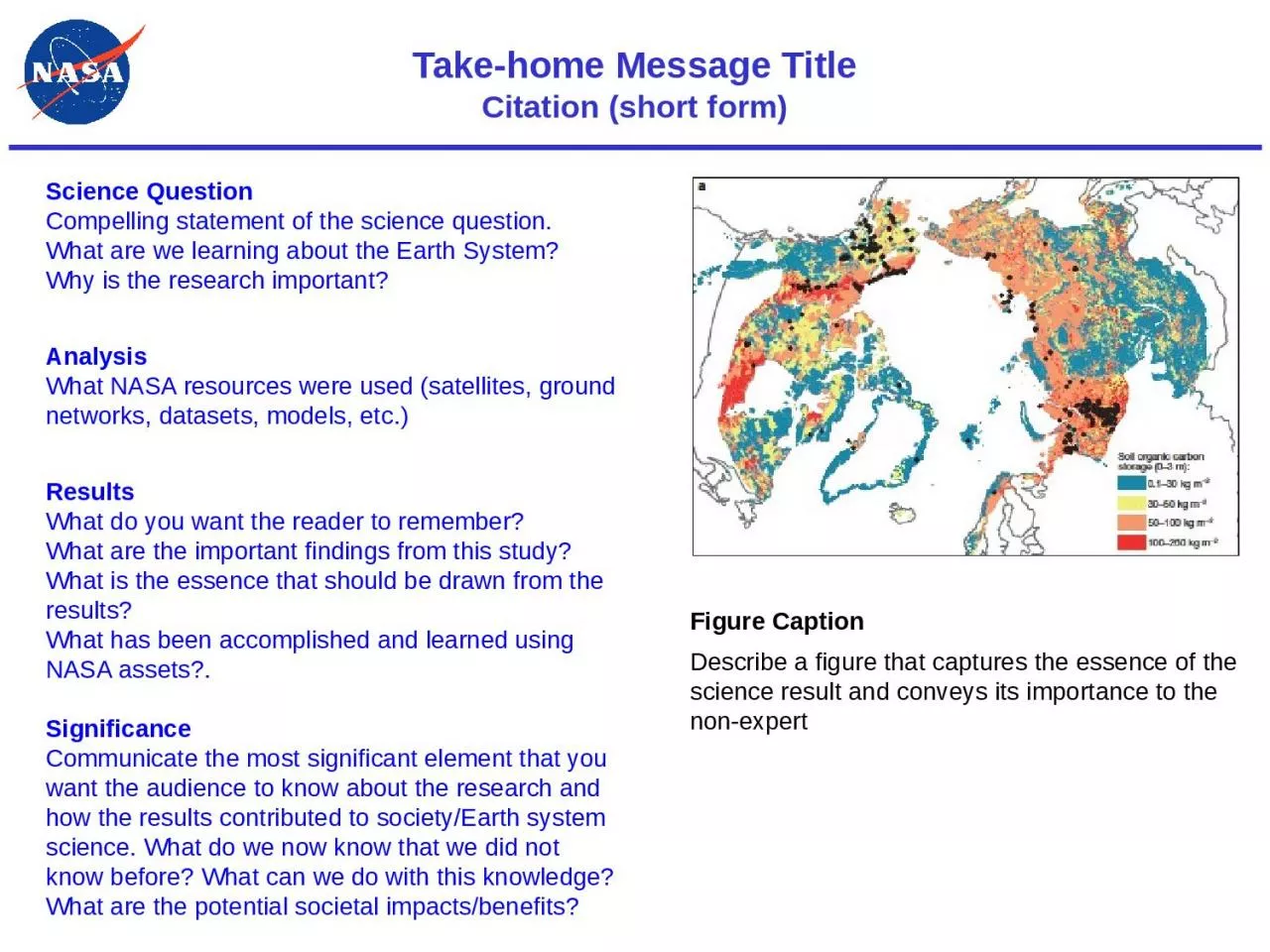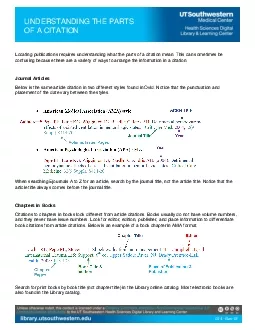PPT-Take-home Message Title Citation (short form)
Author : isabella | Published Date : 2023-10-26
Science Question Compelling statement of the science question What are we learning about the Earth System Why is the research important Analysis What NASA resources
Presentation Embed Code
Download Presentation
Download Presentation The PPT/PDF document "Take-home Message Title Citation (short ..." is the property of its rightful owner. Permission is granted to download and print the materials on this website for personal, non-commercial use only, and to display it on your personal computer provided you do not modify the materials and that you retain all copyright notices contained in the materials. By downloading content from our website, you accept the terms of this agreement.
Take-home Message Title Citation (short form): Transcript
Download Rules Of Document
"Take-home Message Title Citation (short form)"The content belongs to its owner. You may download and print it for personal use, without modification, and keep all copyright notices. By downloading, you agree to these terms.
Related Documents














